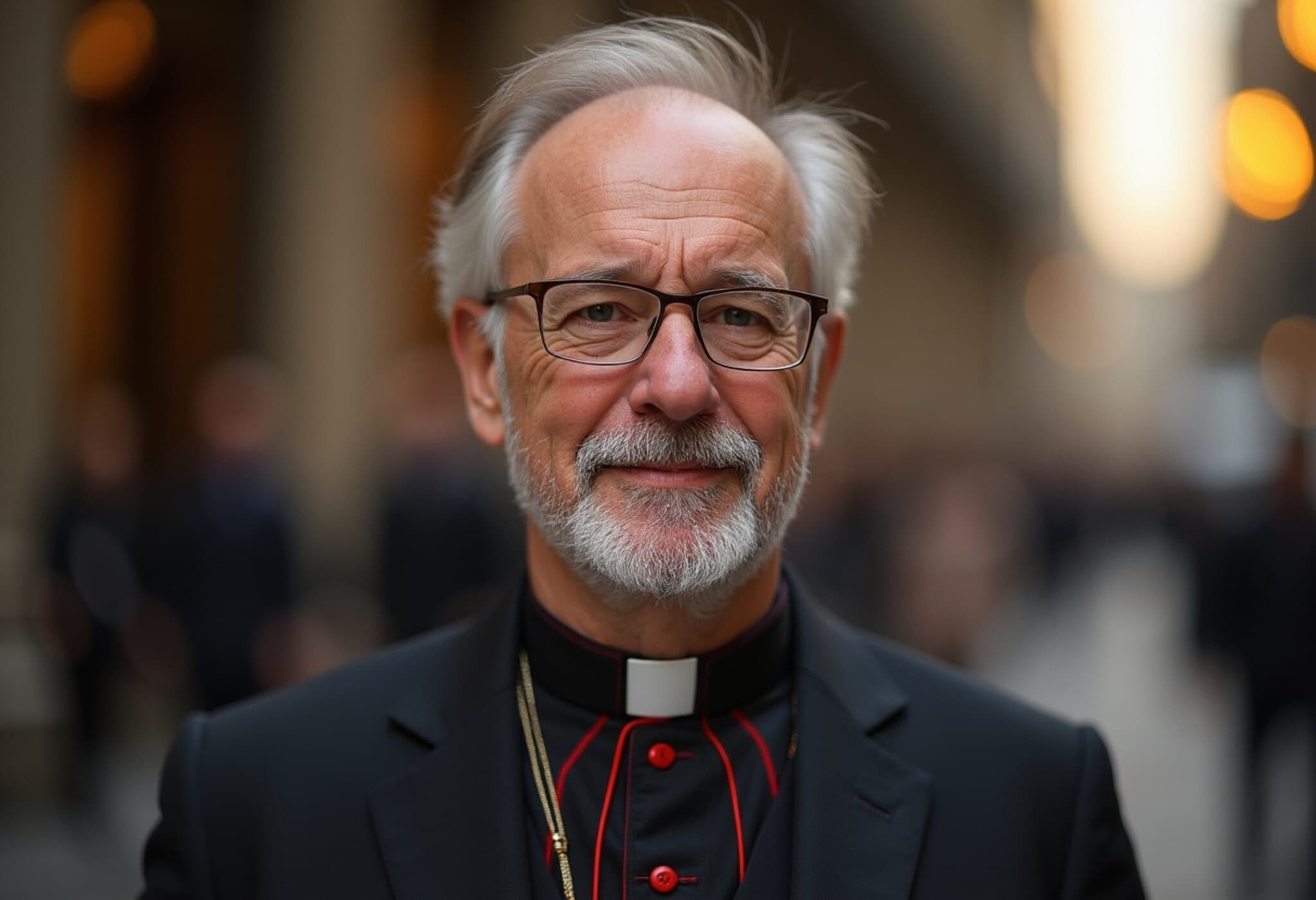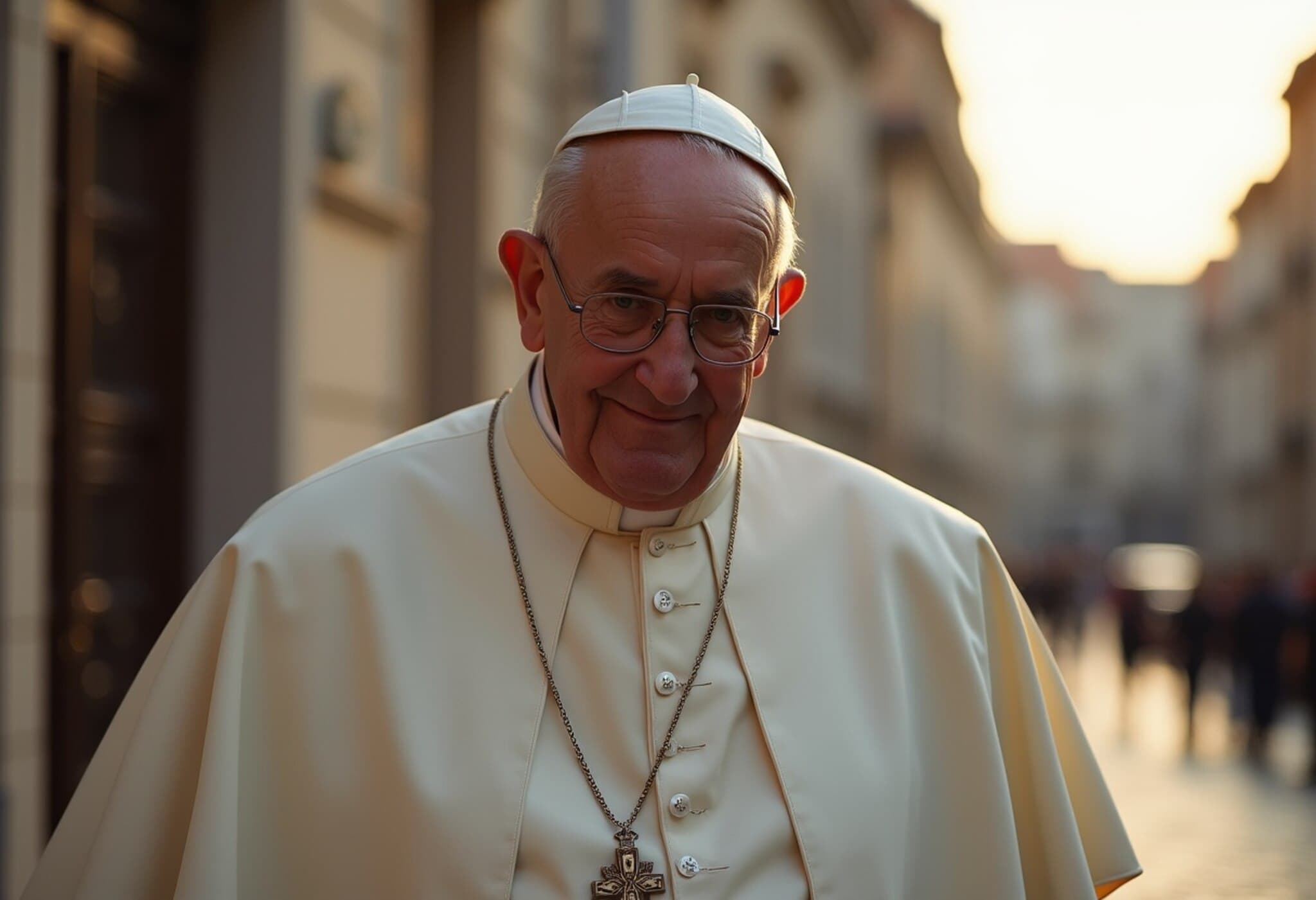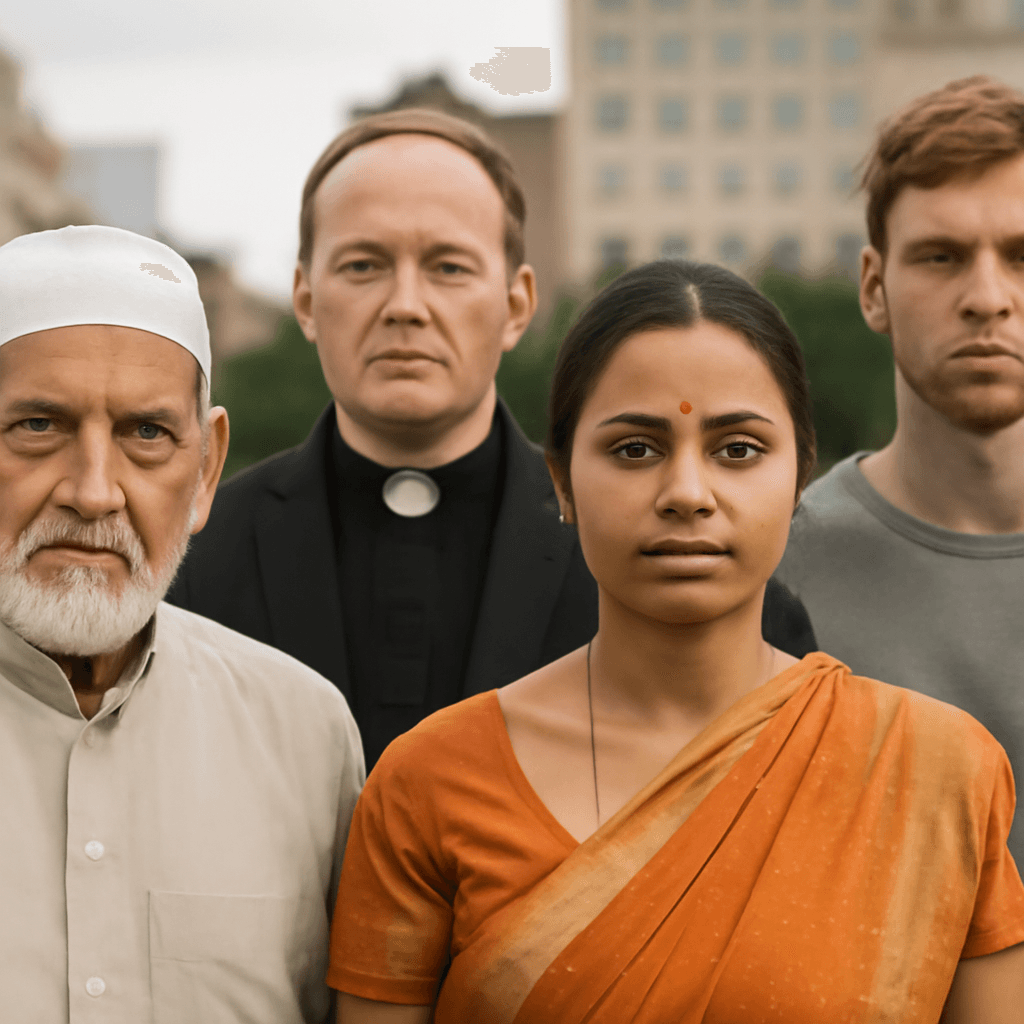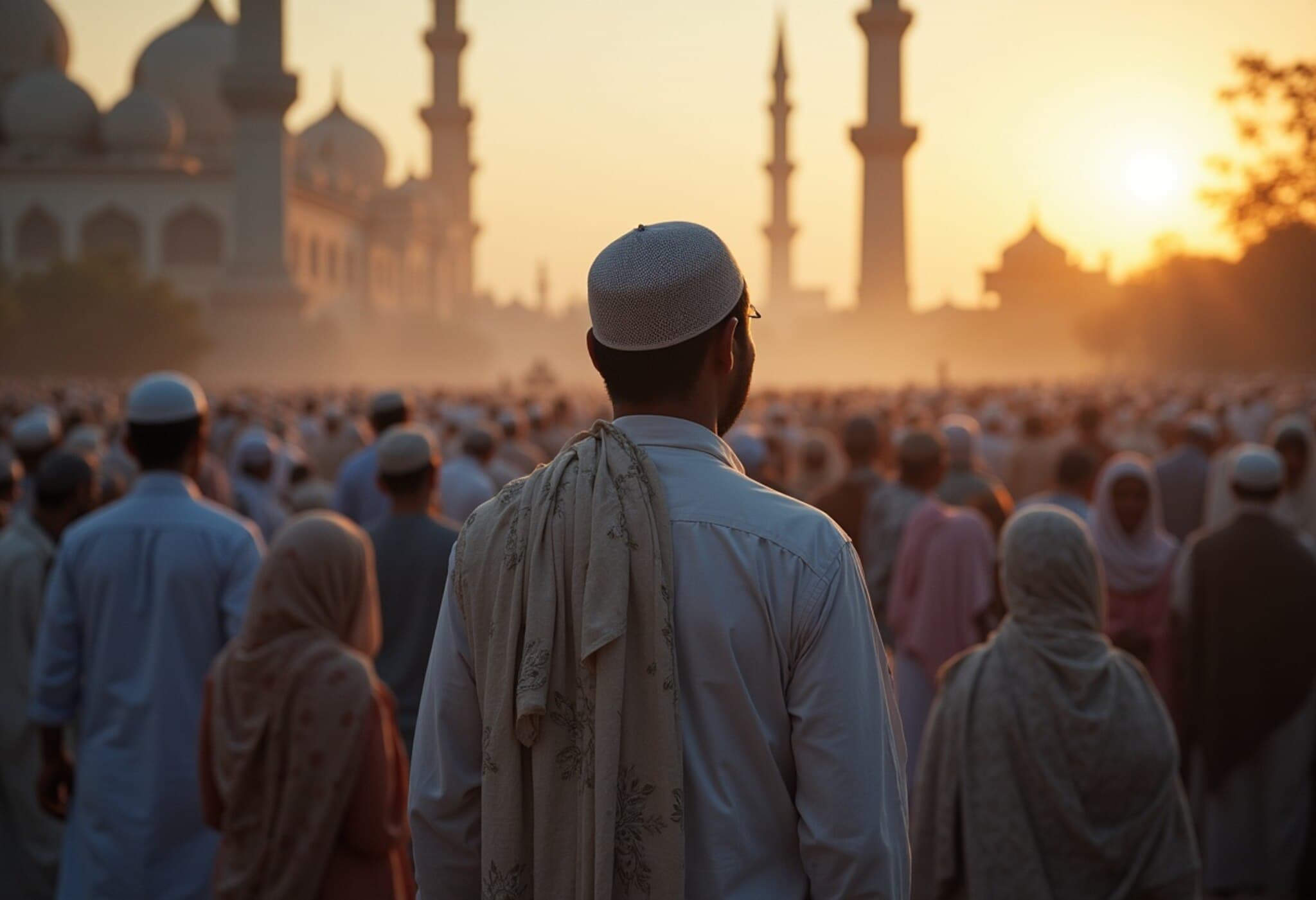Islam and Atheism Drive Growth in Global Religious Landscape
A recent comprehensive analysis of global religious trends unveils that Islam is currently the fastest-growing religion worldwide. Closely following is the rise in the number of people identifying as religiously unaffiliated, often referred to as "nones." Despite these shifts, Christianity continues to hold its position as the world’s largest religious group.
Insight into Population Changes Between 2010 and 2020
The decade-long study, drawing from nearly 2,700 censuses and surveys, highlights several key developments:
- Islam's growth: The Muslim population increased by approximately 357 million, raising its global share by 1.8 percentage points to reach 28.8%. This expansion largely reflects high birth rates in Muslim-majority countries.
- Christianity's trend: Although the global Christian population grew by 122 million, totaling about 2.3 billion people, their overall share declined by 1.8 percentage points to 28.8%. Notably, more Christians now reside in Africa than in Europe, underscoring changing geographic patterns.
- Hinduism's consistency: The Hindu population rose by 126 million, aligning roughly with the world’s population growth, reaching close to 1.9 billion.
- Buddhism's decline: It was the only major religion to experience a decrease in both absolute numbers and global share during this period.
- Judaism's steady growth: Although Jews constitute about 0.2% of the world population, their numbers have increased at a stable pace over the decade.
- Rise of the unaffiliated: The number of people with no religious affiliation also grew, driven by religious switching and generational shifts, becoming the only group besides Muslims to show notable upward movement.
What is Religious Switching and Its Impact?
Religious switching refers to people who abandon the religion they were raised in or who grow up without identifying with any religion. This trend is especially prevalent among younger generations, contributing significantly to the rise in the religiously unaffiliated population worldwide.
As of 2020, about 75.8% of the global population identified with a religion, reflecting a complex interplay of growth, decline, and shifting beliefs across different regions.
Regional Variations in Religious Demographics
Some countries have witnessed notable changes in religious composition. For instance, Muslim representation increased by at least 5 percentage points in Kazakhstan, Benin, and Lebanon, but decreased similarly in countries like Tanzania and Oman. Meanwhile, the Christian majority persists in most nations despite varying growth rates.
Looking Ahead
These demographic patterns suggest evolving religious landscapes worldwide, shaped by fertility rates, migration, conversion, and broader social trends. Understanding these shifts offers valuable insight into population dynamics, cultural transformations, and global interconnections in the coming decades.












